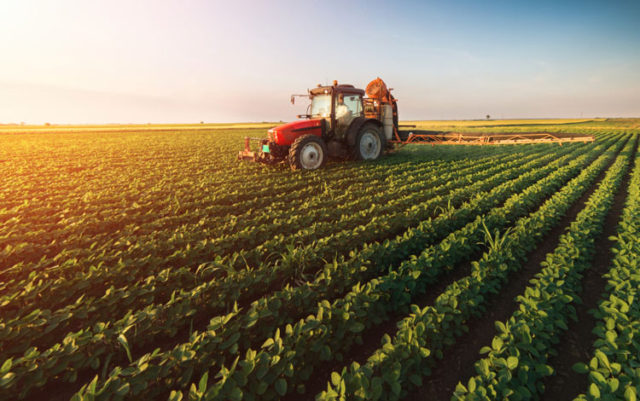
Former United Nations Secretary-General Kofi Annan had a unique vision of an African “green revolution” to lift smallholder farm productivity while preserving the environment. Alliance for a Green Revolution in Africa (AGRA) was born out of this inspiration. Established in 2010, AGRF-The African Green Revolution Forum formed through the partnership between the Rockefeller Foundation and the Bill & Melinda Gates Foundation became the hope of thousands of small African businesses and African farmers to improve their livelihoods as well as ensure food security. The annual Meetings of AGRF soon became a premier platform for African agriculture, bringing together stakeholders in the agricultural landscape to share lessons that will move African agriculture forward.
The tenth annual African Green Revolution Forum, a virtual weeklong event organised by AGRA and hosted by Rwanda opened in Kigali on September 8, 2020. The latest AGRA Report released during the Kigali Forum has raised serious concerns about the failure of AGRA to meet its mandate as it reaches its self-declared 2020 deadline. The report, showed that yields have risen slowly, poverty remains endemic, and there has been an alarming 31% increase in the number of undernourished people in AGRA’s 13 focus countries.
AGRA ‘s strategy to lead productivity revolution, observers say, is deeply flawed. The strategy promised that commercial seeds and fertilizers will dramatically increase yields, leading to improved food security and higher income for small-scale farmers. Against the expectation of doubling yields of staple crops, yields went up by only18% over the last 12 years. Even for maize yields that were heavily promoted by AGRA and subsidized by governments, increased by a disappointing 29%. Moreover, the diversion of land and investment to Maize cultivation happened at the cost of traditional, nutritious and climate-resilient crops like sorghum and sweet potato. Millet production declined sharply by 24% under AGRA. United Nations estimates that hunger increased dramatically to 31% since 2006 in AGRA countries.
AGRA chose Rwanda to host the AGRF as the best example in agriculture transformation. Critics on the contrary feel that Rwanda was a very poor example of sustainable and inclusive agricultural development. Under the government’s strict mandates to increase maize production, crop diversity declined dramatically. The latest U.N. figures indicate that despite the boom in maize production, the number of undernourished Rwandans increased an alarming 41% since 2006.
Experts say that It is high time that African leaders closely reviewed and examined the Agriculture growth models and priorities in Africa and build tough systems to sustain agricultural activities. AGRF Board Chair and former Prime Minister of Ethiopia, Hailemariam Dessalegn rightly said at the opening ceremony of the Kigali AGRF- agriculture for Africa remains the “surest path to inclusive economic growth, jobs creation and dealing with the many challenges around climate change, migration and beyond.




